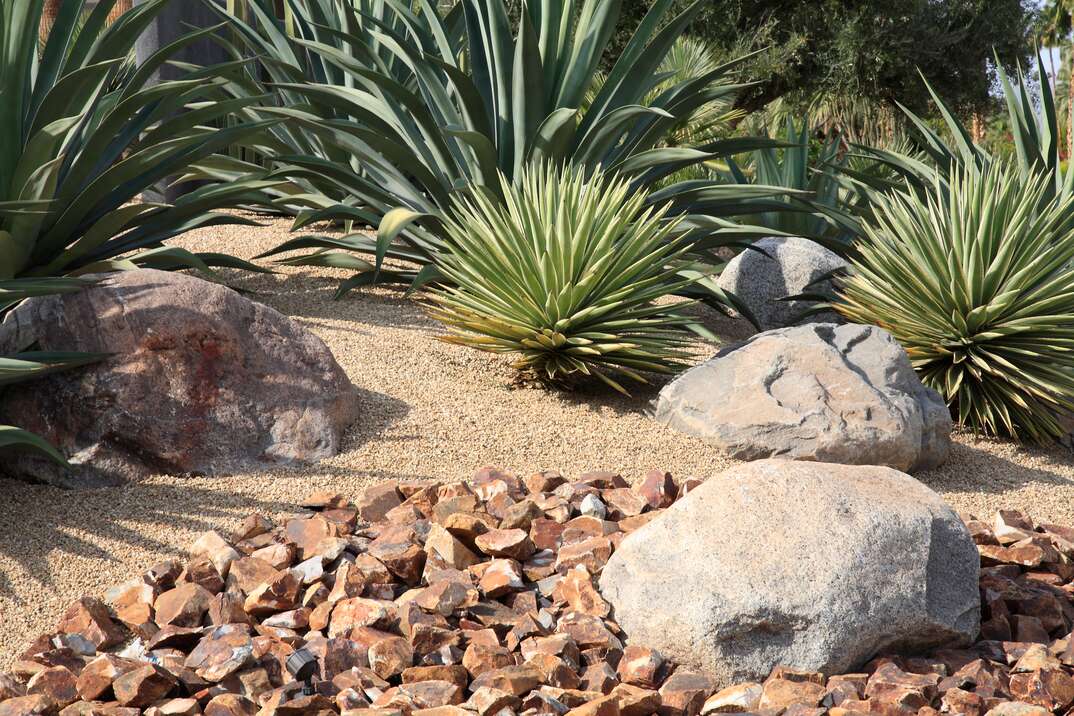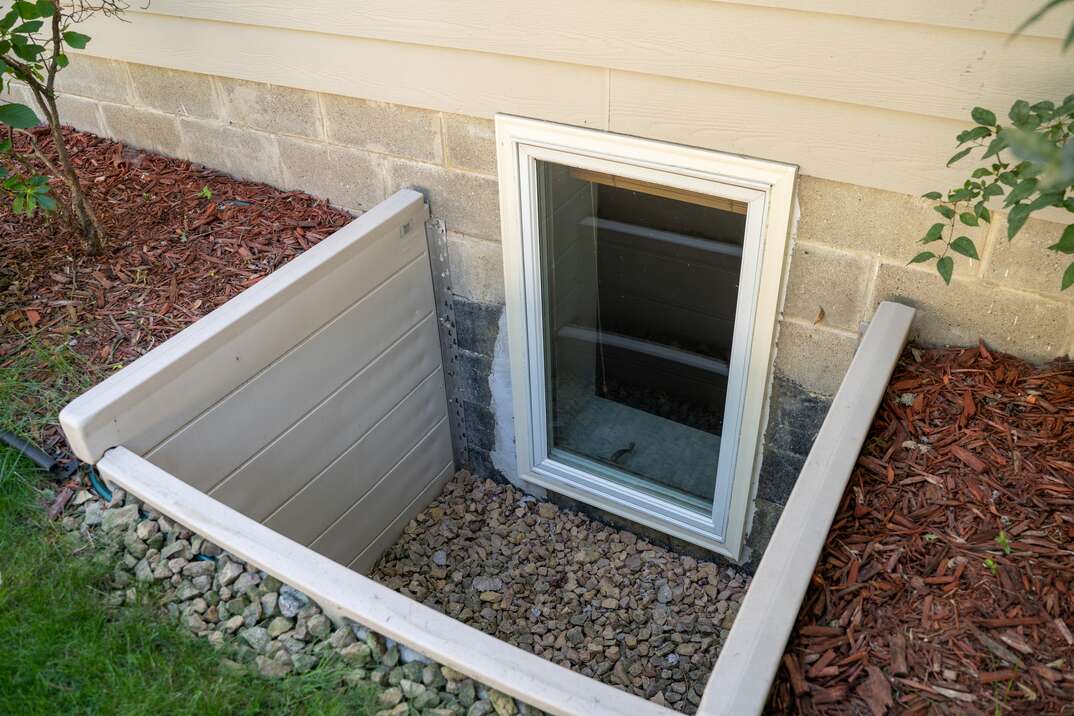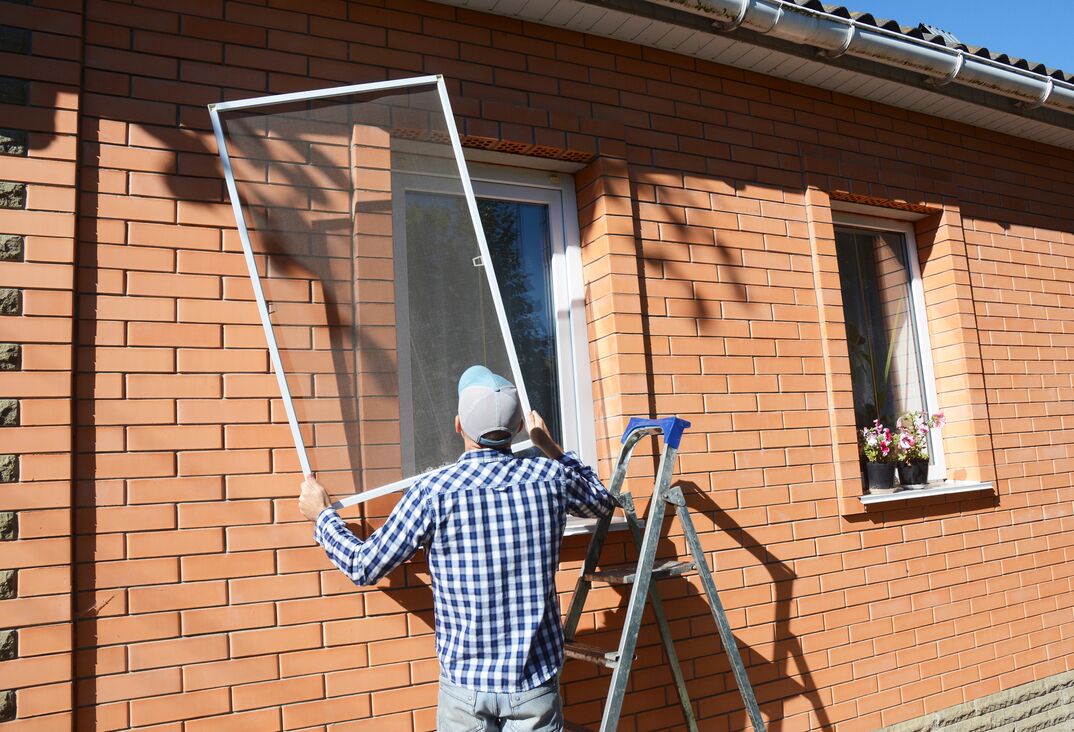Moving? Renovating? Here's Everything You Need to Know About Short-Term Storage Costs

Short-Term Storage Costs at a Glance
- Storage unit cost: $190 per month, average; $100-$300 per month, range
- Small storage unit: $90 per month
- Medium storage unit: $160 per month
- Large storage unit: $290 per month
- Storage pod: $50-$500 per month
- Storage pod delivery fee: $100-$500
Are you headed for bigger and better things with your home? Whether you’re in the process of renovating or moving, you might be realizing that you have a lot more stuff than you previously thought. Dealing with all of your furniture and other belongings can be a challenge. That's where short-term storage comes in.
This May Also Interest You: Take the Stress Out of Moving With These Helpful Tips
Learn how it works and how much storage will cost you during your upcoming housing changes.
Where Do You Put Things Between Moves?
Renting a short-term storage unit can improve your move by giving you a place to store your furniture and other items between moves. Before you sell your home, you can pack lots of your belongings to depersonalize your house and stage it to make it more appealing to buyers. Removing your items can also make the space feel bigger and show off key features like your closets.
A temporary storage option can also keep you organized while you pack. As you finish packing items, move them to the storage space to keep them out of the way. This leaves you more room to work as you pack the rest of the house. When you arrive at your new house, move items slowly into your home for controlled unpacking.
If you can't get into your new home or apartment immediately, short-term storage is a good spot for your belongings. Maybe you sold your house and are building a custom home, but it's not ready yet. You likely won't have room for all your items in your temporary housing, so a storage facility is a great alternative.
Where Do You Store Furniture When Renovating?
When you're doing a complete renovation on your home, you need somewhere to store your furniture. One option is storing it in a backyard shed — but not all sheds are big enough to store two or three bedrooms of furniture. They're also not usually climate controlled and might allow moisture or pests to get to your belongings.
Storage facilities offer a safe place to hold your furniture while you remodel. It's a way to keep your house a little more functional during the renovation. Instead of shoving the furniture in another room and making that space difficult to use, you can move it out of the house completely to free up room for you or contractors to work.
What’s the Difference Between Short-Term and Long-Term Storage?
If you’re storing your furniture while moving or renovating, you’re probably looking at short-term storage. Short-term storage is a temporary solution that you typically use for a few weeks or months. The generally accepted timeframe is less than three months. Short-term storage can be at a traditional storage facility with a month-to-month contract or in storage containers, often called pods, that are dropped off in your driveway.
Long-term storage lasts longer than just a few months and is located in an off-site facility where you store your belongings. In many cases, it's an indefinite storage solution. You might use it to store items that you don't have room for in your home or that you want to keep but don't want to display. It's also an option if you downsize your home and want to keep more items than will fit in your new space. You might receive lower rates if you sign a longer contract for the storage unit.
How Much Does a Storage Unit Cost?
According to Move.org, the cost of an off-site storage unit runs around $190 per month on average, with the common range between $100 and $300 monthly. The size of the unit you need for your temporary storage is often the biggest factor in the price. For example:
- Small units between 5x5 and 5x10: $90 per month
- Medium units between 5x15 and 10x15: $160 per month
- Large units between 10x20 and 10x30: $290 per month
How Much Is a Temporary Storage Pod?
Another option is an on-site storage container or pod. These units are delivered to your home, where you can use them for storage while you're staging your home, preparing to move or renovating. This option can range from $50 to $500 per month plus a $100 to $500 delivery fee. You'll likely have to pay for at least one full month no matter what type you choose, even if you only need the storage for a few weeks.
Pros and Cons of Short-Term Storage
Pros
- Secure storage outside your home frees up space.
- If the facility is local, it’s easy to access your belongings when needed.
- The cost is relatively low since you only need the storage facility for a short time.
- Month-by-month terms to give you flexibility on how long you keep the storage space.
- It’s a flexible option for a variety of uses, from moving to renovating.
Cons
- It costs a lot compared to keeping the items at home, which is free.
- There’s a small chance of something happening to your items while in the facility.
- You may need to make lots of trips to the facility if you need items one at a time, which may add up to a lot in gas costs.
- You may need to rent a truck to move items to and from the storage facility.
- Temperature fluctuations can damage your items if you don't choose a climate-controlled unit.
More Related Articles:
- Step Up Your Storage Game by Installing an Attic Ladder
- The Ultimate Guide to Garage Storage Hacks
- Organize Your Closet and Make Your Life So Much Easier
- How to Move Your Clothes Dryer
- How to Move Your Washing Machine
Choosing a Short-Term Storage Solution
The outcome of your short-term storage experience can hinge on choosing the right place. Not all storage facilities are created equal, so research the options to find a good match. Keep these factors in mind during your search:
Location
Find a storage facility that's close enough to be easily accessible. This is especially important when you're preparing to move or staging your home to sell. You might need to bring loads to and from the storage facility frequently, so proximity is important. A storage pod you can keep on your property is also a convenient option.
Climate Control
Some storage facilities offer climate control, which keeps the storage space at a consistent temperature year-round. Consider this option if you live in an area with wide temperature swings or if you're storing items that are sensitive to extreme temperatures, such as electronics, wood furniture or musical instruments.
Security
Choose a facility that prioritizes security. A well-lit facility with security cameras and secure fencing is a good start. Controlled entrances that limit access only to people with storage units can also help.
Cost
Compare the costs of local facilities, taking into account size differences in the storage units to get an even comparison.
Pod Restrictions
If your area has a homeowners association or you live in a townhouse, you might not have the option of renting a storage pod. Some HOAs prohibit these storage containers or limit where or how long they can be placed.
Storage Time
Estimate how long you need the unit to calculate your costs and find an option that works for you. Review the contract to ensure you understand the terms. Verify that you're on a month-to-month contract or that you can easily and inexpensively cancel the contract early.
Size
Storage units come in a wide range of sizes. Determine what you plan to put in the unit to help calculate the size you need.
Tips for Making the Most of Storage
Once you secure your storage, packing it full of stuff is the next step. These tips should help you maximize your short-term storage space:
- Make an aisle: With short-term storage, you might need to access items frequently. You'll also need to move the items out soon. Creating an aisle to access various parts of the unit makes those tasks easier.
- Elevate items: Even though it's a temporary storage solution, it's still a good idea to elevate items off the floor. Moisture can damage items quickly, so having your belongings off the floor can prevent mold and deterioration.
- Pack for protection: The storage might be short-term, but you still want your items protected completely. Wrap breakable items and add cushioning in the boxes to protect the items.
- Label clearly: Make your belongings easier to identify with clear labels. Short-term storage can often mean lots of shuffling between different locations. You can settle in faster if you know what’s in each box.


